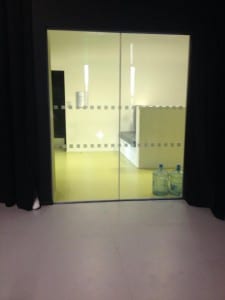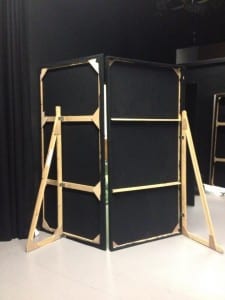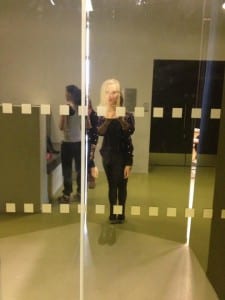Through discussions in class, I was introduced to the American poet Sylvia Plath whose work famously talks of her depression and attempted suicide. She turned the tragedy of her pain into beauty through the words of her work. Her work is a real inspiration for me when trying to create my own poems which will be spoken in my performance. Here is an extract from one of her poems, Tulips.
The tulips are too red in the first place, they hurt me.
Even through the gift paper I could hear them breathe
Lightly, through their white swaddlings, like an awful baby.
Their redness talks to my wound, it corresponds.
They are subtle : they seem to float, though they weigh me down,
Upsetting me with their sudden tongues and their color,
A dozen red lead sinkers round my neck.
Nobody watched me before, now I am watched.
The tulips turn to me, and the window behind me
Where once a day the light slowly widens and slowly thins,
And I see myself, flat, ridiculous, a cut-paper shadow
Between the eye of the sun and the eyes of the tulips,
And I have no face, I have wanted to efface myself.
The vivid tulips eat my oxygen.
Before they came the air was calm enough,
Coming and going, breath by breath, without any fuss.
Then the tulips filled it up like a loud noise.
Now the air snags and eddies round them the way a river
Snags and eddies round a sunken rust-red engine.
They concentrate my attention, that was happy
Playing and resting without committing itself.
The walls, also, seem to be warming themselves.
The tulips should be behind bars like dangerous animals;
They are opening like the mouth of some great African cat,
And I am aware of my heart: it opens and closes
Its bowl of red blooms out of sheer love of me.
The water I taste is warm and salt, like the sea,
And comes from a country far away as health.
(Poetry Foundation, 2014)
I have also read extracts from her novel, The Bell Jar, and a particular section jumped out at me. The words beautifully explained how I often feel when overtaken by depression and I knew I would have to include them into my performance.
I guess I should have been excited the way most of the other girls were, but I couldn’t get myself to react. I felt very still and very empty, the way the eye of a tornado must feel, moving dully along in the middle of the surrounding hullabaloo. (Plath, 2003, p.4)
Works Cited
Plath, Sylvia (2004) The Bell Jar. England: Harper Large Print.
Poetry Foundation (2014) [online] Chicago: Available from http://www.poetryfoundation.org/poem/178974 [Accessed 15 March 2014].


